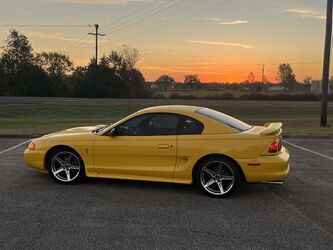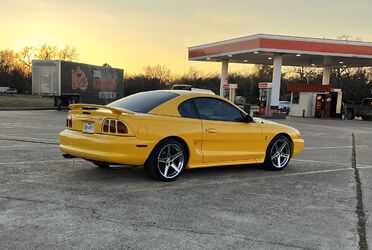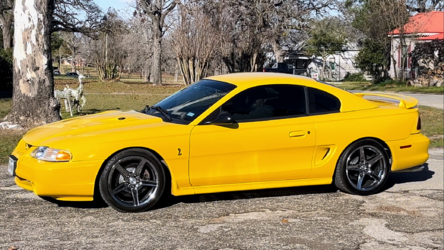By Bob Bondurant (5/5/2001)
When you're maintaining a high-performance vehicle, there are plenty of variables to consider: proper engine tuning, shock and brake maintenance, and appearance. But perhaps the most important maintenance tip is to keep a close eye on your tires.
Tires play an unmatched role in your car's performance. With well-maintained tires, you can better avoid road hazards such as traffic and inclement weather. You can avoid the accident before it happens.
But which tire is the best? Each manufacturer says its tires are, so which do you choose? When trying to decide what's best for your vehicle, whether it be a street car, showroom stocker or racer that requires stock treaded tires, you'll be inundated with choice.
The best rubber
In the race arena, there is often just one tire approved for a particular race series. A novice or national racer in the United States should probably go with Goodyear, which is what most of the competition will be using. (Big hint here: If you're running the same new tires as your competition, with the same tire pressure, then you've just eliminated a variable in the handling of your car as compared with your competition.)
On the street, however, tire choices are seemingly infinite. The best recommendation we give our students is to spend a little time doing research. You need to know what kind of tread you want, and what type of tire the manufacturer recommends. And you need to keep in touch with the latest technology; like any other field, tires are always being pushed further to perform better with the latest technology.
Once you've chosen the right tire, don't drop the ball and forget to check tire pressure. On the track, the proper tire pressure can mean the difference between first and last place. Personally, I drive my high-performance vehicles fast and hard, so I tend to push tire pressure up a bit over the manufacturers' recommended pressure. Safety is also a concern. If street tires are run at or below normal inflation rates, the tread can come off the rim, lose air rapidly, or even break under a hard corner. And if it does come off while you're driving hard through a corner, the wheel rim edge will dig into the pavement, possibly causing an accident or a rollover.
Stay in balance
Keeping your tires in top condition also means keeping them balanced. This will prolong the life of the tire and reduce high-speed vibrations. When properly balanced, tires suffer fewer hot spots and less overheating and blistering.
On a final note, since we're talking about tires, do you remember the 1992 Indy 500? The weather was cold and the tires had a problem in heating up. The crashes were numerous, and let's not forget the pole sitter spun out on the pace lap. Just about every time they restarted, the tires were cold from following the pace car and someone else would spin.
The same goes for the street. Don't expect to chase down your favorite road on a cold set of tires. If you're going for a fun drive, remember to obey the speed limits and to give your tires a chance to warm up. Don't rush it; the road will still be there.
When you get right down to it, tires are your only contact with the road. Take in all the advice from your favorite magazines, including Consumer Reports, Road & Track, Car and Driver, Motor Trend, Autoweek and the like. Remember too, word-of-mouth is always a good way to go; talk to people! And don't forget to spend time researching the right tires for your vehicle.
Bob Bondurant, racer and entrepreneur, owns and runs the Bob Bondurant School of High Performance Driving in Phoenix, Ariz. For more information on classes and schedules, click over to www.bondurant.com or call (800) 842-RACE (7223).




